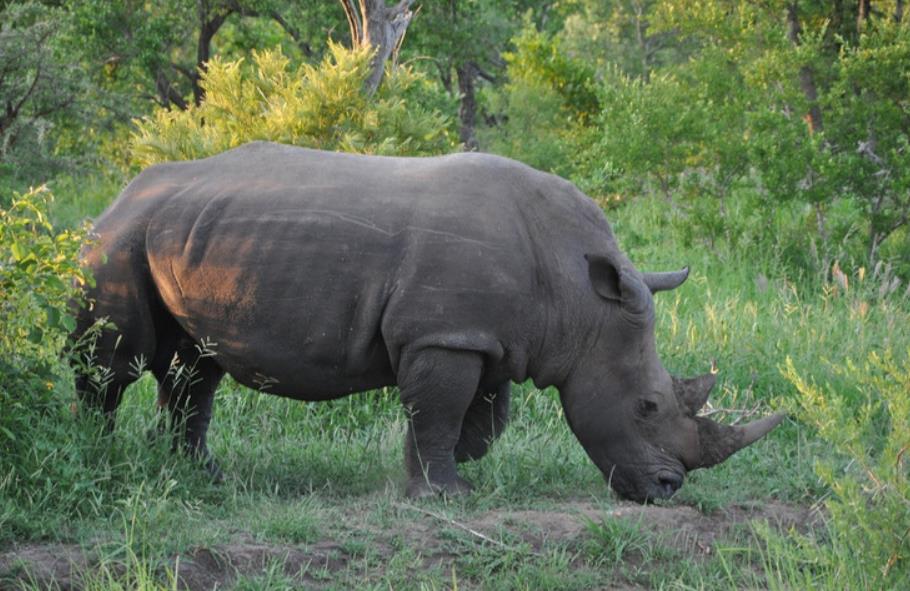
1. Rhino
The biggest threat to rhinos is humans. Mainly because rhino horns are made into traditional medicine. In fact, rhino horns have the same structure as fingernails. Many poachers will do anything for profit, and the number of rhinos has dropped sharply. Currently, there are more than 25,000 rhinos living in the wild in Africa and Asia around the world, and more than 2,000 are bred in zoos. Of the five existing species of rhino, two are on the verge of extinction and the remaining three are also threatened.

2. Hippopotamus
Hippos are creatures that have been on Earth for a long time. They walked the earth 55 million years ago. They may be one of the few animals to survive any disaster that occurs on Earth. The main common threats to hippos are illegal and unrestricted hunting for meat and teeth, and habitat loss. Although not all species of hippopotamus can survive on earth. At least three species of hippopotamus are believed to have become extinct about 1,000 years ago. Although many researchers believe there are many more extinct species, their remains have simply not been found.
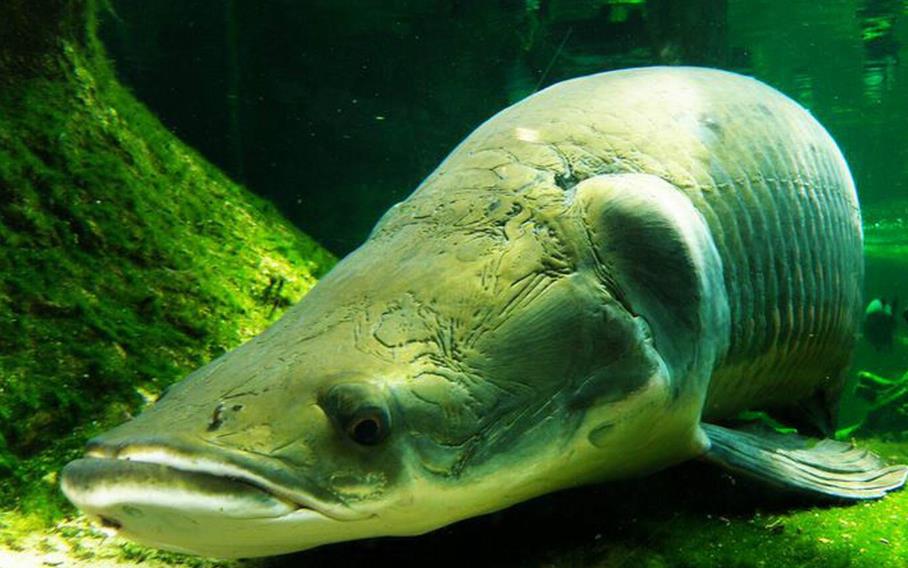
3. Arapaima
Arapaima is a remnant of ancient freshwater fish. It is speculated that it first appeared 100 million years ago. Arapaima has strong brute force. Using its tail as a weapon, it can easily knock down adult males and break bones. Caused extensive internal injuries. Arapaima is a giant air-breathing fish that in the adult stage, some specimens can reach hundreds of kilograms and sometimes exceed 4 meters in length. This fish has delicious meat and no bones, so it has been the subject of intensive fishing since the early 18th century.
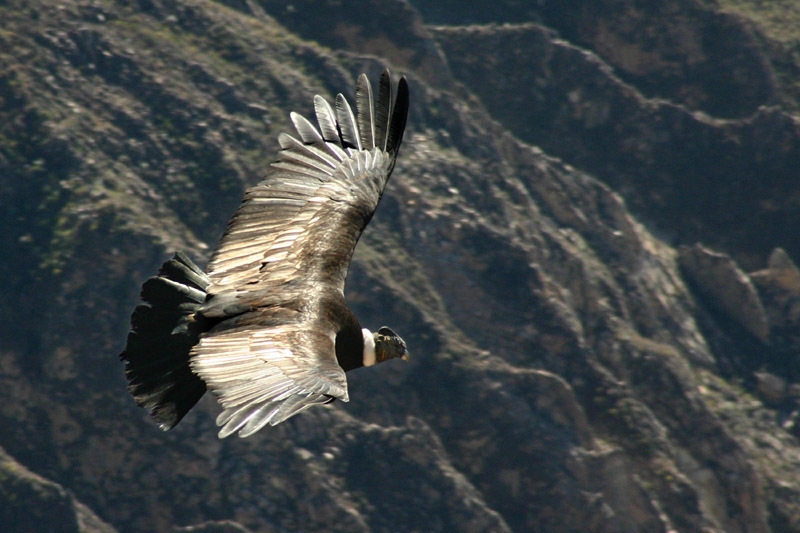
4. Andean Condor
The Andean condor is considered to be the largest bird that can fly, so it is also the largest raptor in the world, so people call them "Andean condors." The Andean condor is good at long-distance flying. The journey of more than 200 kilometers can start in the early morning and return in the evening, only eating some seal carcasses and other food on the way. It is good at soaring and can use the updrafts in the mountains to rise up and fly silently over ravines and rivers.
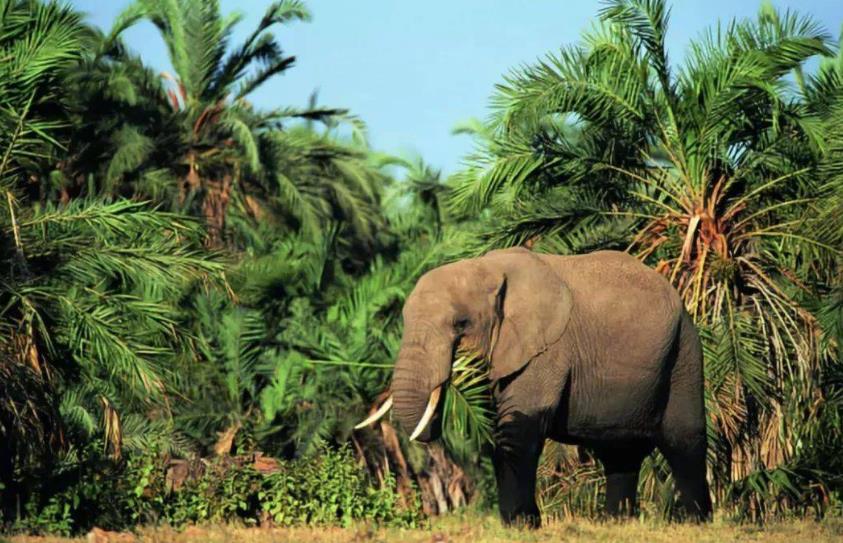
5. Elephant
According to historical records, Elephants-Are-Endangered.html">elephants have become humans' friends very early and can provide help to humans. Elephants are very smart and can carve out areas and bury their dead companions among fallen leaves and branches. Elephants have a long lifespan, generally living to about 70 years old. Currently, elephants are listed as one of the ten most threatened species in the world by trade activities. In order to protect endangered elephants, Kenya and other countries have called on this conference to implement a 20-year ban on the ivory trade, curb illegal ivory trade, severely punish poaching, and prevent the extinction of elephants.
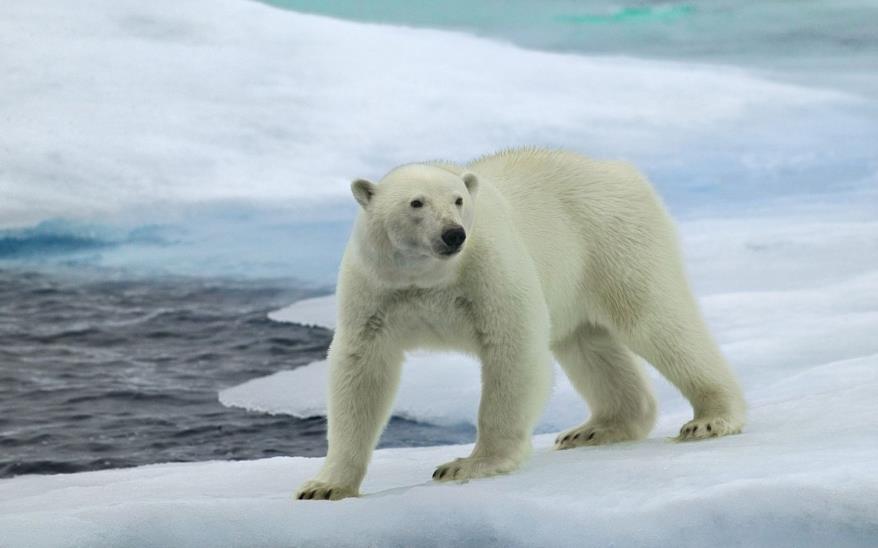
6. Polar bear
Polar bears are found throughout the ice-covered waters of the Arctic Circle. In areas where Arctic sea ice melts completely each summer, polar bears are forced to spend several months on land, where they feed primarily on stored fat until the sea freezes. The genes of polar bears in different regions are not sufficiently variable. Therefore, facing the crisis of climate change, polar bears lack genetic diversity and may easily lead to their total extinction.

7. Amazon Anaconda
The Amazon anaconda is the largest snake in the world today. It lives in South America. It can reach a length of more than 10 meters, weighs more than 225 kilograms, and is as thick as the torso of an adult man; but the average length of anacondas is about 5 meters. . Anacondas love water by nature and usually live in shallow waters on mud banks, preying on water birds, turtles, capybaras, caimans, tapirs, etc.
animal tags:
We created this article in conjunction with AI technology, then made sure it was fact-checked and edited by a Animals Top editor.